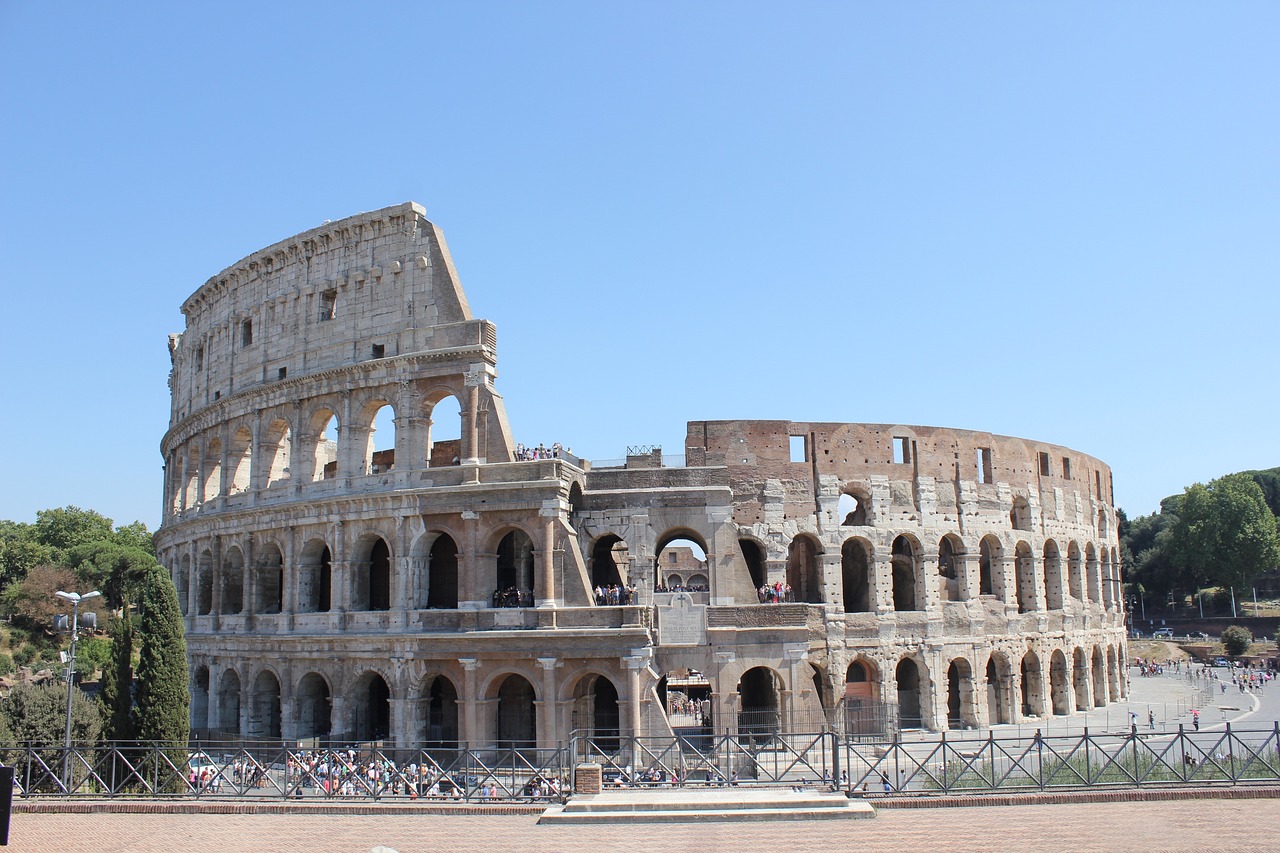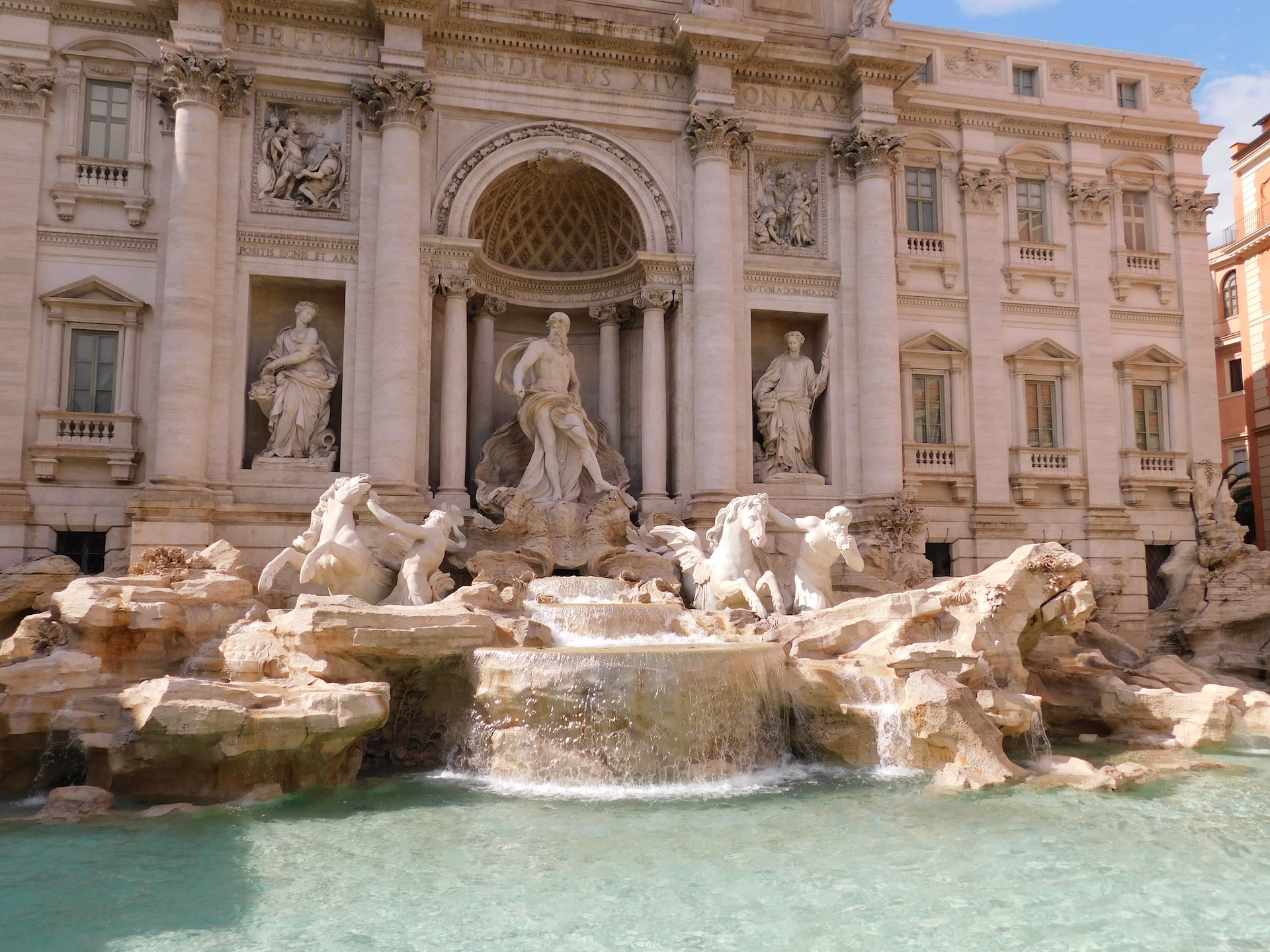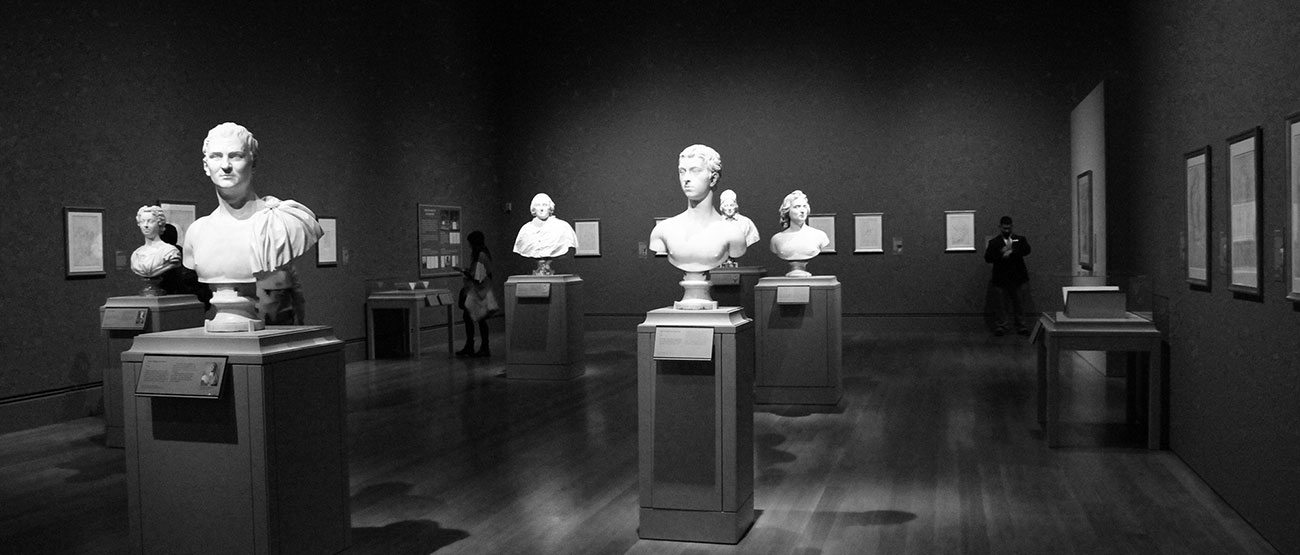
Colosseum: A Timeless Arena of Gladiatorial Glory That Captivates the Heart
Introduction
Situated in the heart of Rome, Italy, the Colosseum stands as a breathtaking symbol of ancient Roman power and architectural mastery. This legendary amphitheater, once home to exhilarating gladiatorial contests and vast public events, continues to draw visitors from around the globe with its imposing structure and historical significance. Exploring the Colosseum is far more than a historical tour—it’s an immersion into the vibrant world of ancient Rome, where the grandeur of imperial spectacles and the bravery of gladiators are still palpable within its enduring walls.
Historical Significance
Constructed under the emperors Vespasian and Titus in 80 AD, the Colosseum was the largest amphitheater ever built in ancient Rome, with a capacity to hold over 50,000 spectators. It quickly became the center of entertainment in the Roman Empire, hosting thrilling gladiatorial battles, animal hunts, and even mock naval battles. The Colosseum was more than just a venue for public entertainment; it was a symbol of imperial power and a means of uniting the Roman populace through spectacle and sport. Today, it stands as a remarkable tribute to Rome’s architectural and engineering genius, bearing witness to the empire’s grand vision and enduring legacy.
ARCHITECTURAL MASTERY
Standing at 48 meters tall and spanning 189 meters in length, the Colosseum remains an awe-inspiring feat of ancient engineering. Its elliptical structure was designed for maximum visibility, allowing every spectator an unobstructed view of the action. The Colosseum’s arches and columns reflect the Roman mastery of architecture, with each tier built in a different classical style—Doric, Ionic, and Corinthian. The complex system of underground passages, known as the hypogeum, housed gladiators, wild animals, and stage equipment, enabling the seamless coordination of the elaborate spectacles. The Colosseum’s enduring architecture continues to inspire modern engineering and design, making it a living monument to human ingenuity.
A Legacy of Spectacle And Sport
The Colosseum’s legacy lies in the extraordinary events that took place within its walls. Gladiatorial combat was one of the most iconic forms of entertainment, where skilled fighters, often slaves or prisoners of war, battled for their lives in front of roaring crowds. Animal hunts, or venationes, showcased exotic beasts from across the empire, while the naumachiae, or mock sea battles, involved the flooding of the arena to stage naval engagements. These events were more than just entertainment; they were a way for emperors to demonstrate their power, wealth, and generosity to the Roman people. Though the spectacles have long since ended, the Colosseum’s history of drama, bravery, and triumph continues to captivate the imaginations of all who visit.
Timeless Appeal
The Colosseum’s allure is not merely confined to its grand architecture or historical significance. As you walk through its ancient corridors and stand within its towering walls, there is an undeniable sense of connection to the past. The echoes of cheering crowds, the roar of wild beasts, and the clashing of swords seem to resonate through time, bringing the ancient world vividly to life. For history enthusiasts, travelers, and anyone intrigued by the stories of ancient Rome, the Colosseum is a place where history becomes tangible, and the spirit of a mighty empire endures.
Conclusion
The Colosseum stands as a monumental tribute to the Roman Empire’s grandeur, ingenuity, and enduring legacy. From its historical significance as the epicenter of entertainment to its breathtaking architectural mastery, this ancient amphitheater continues to captivate visitors from around the globe. To walk through the Colosseum is to step back in time, to feel the pulse of a civilization that shaped the course of history. Whether you are drawn by its storied past or its imposing beauty, the Colosseum promises to leave a lasting impression, forever linking you to the heart of ancient Rome.







Leave a Reply